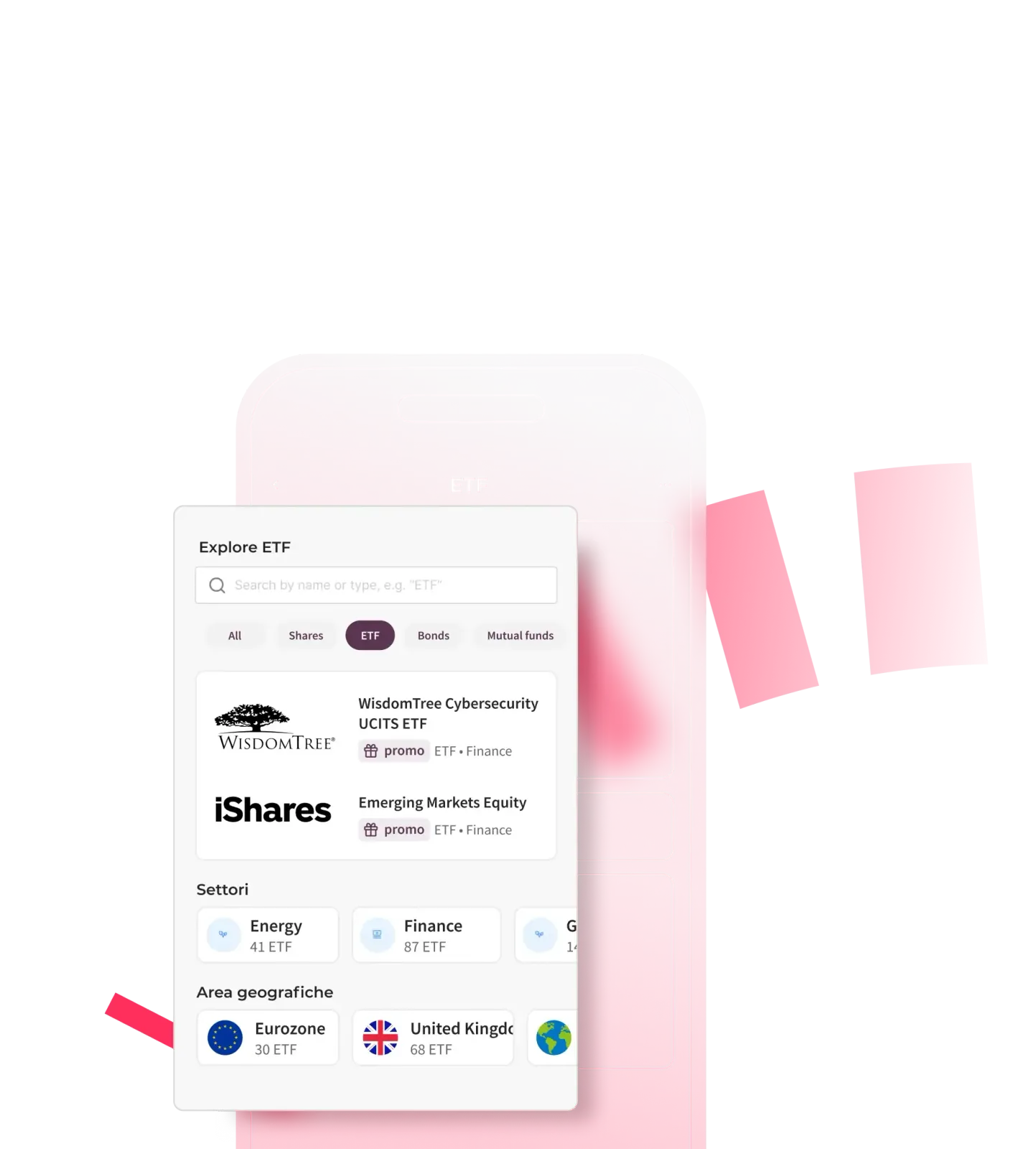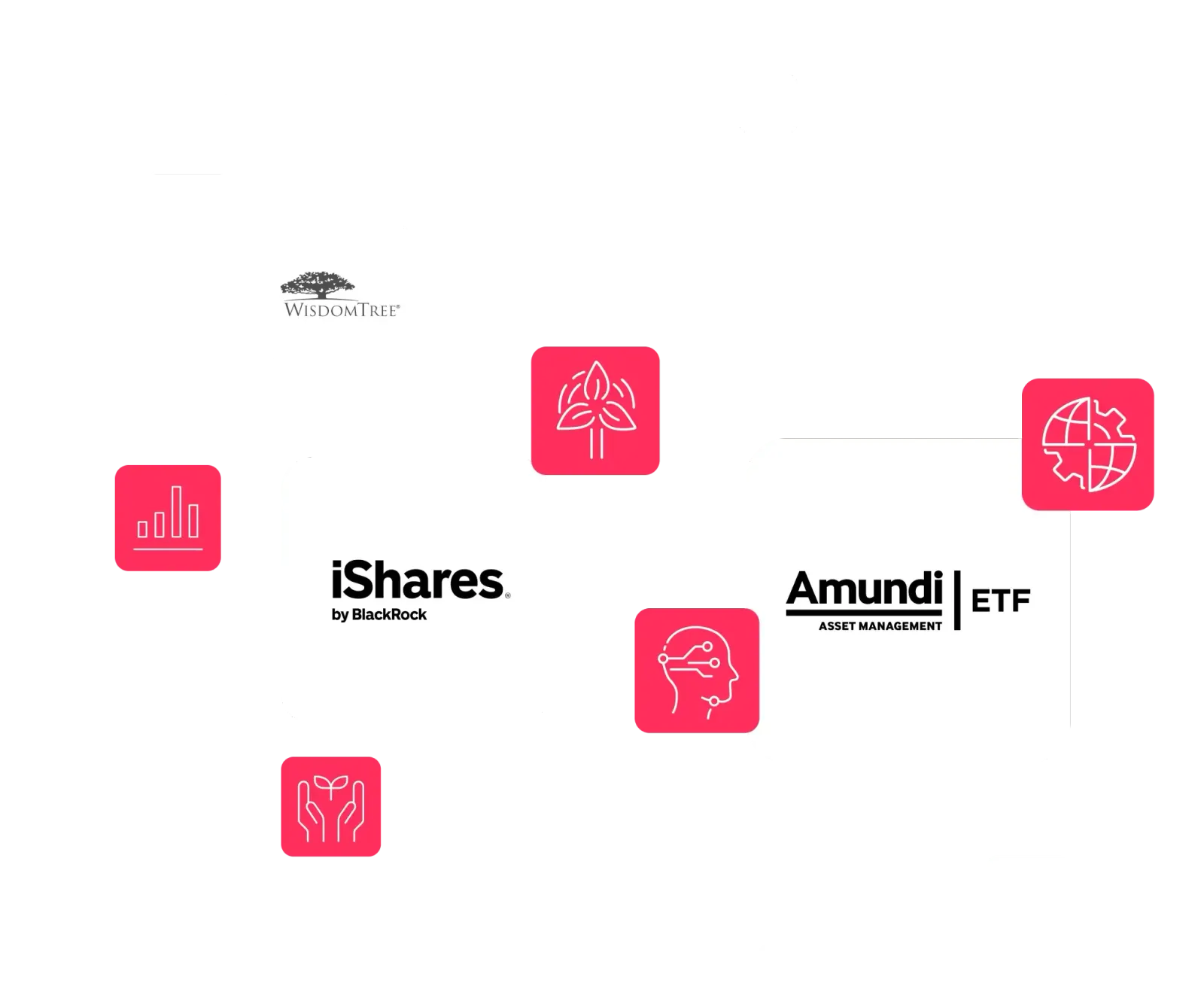Unlike most active mutual funds, ETFs are bought and sold on the exchange. To give you an idea of the size of the market, around 7,600 ETFs are listed globally. What this means for investors is greater flexibility and all the guarantees that come with investing in a regulated market.
Investing in ETFs allows you to:
Diversify your investment
Diversification has become an absolute must for any investor that wants to mitigate the risk in their investments. Building a diversified portfolio was traditionally expensive and complex, because it involved buying a lot of stocks. Now, in a single instrument, ETFs represent simple and effective diversification.
Low costs
ETFs reduce investment management costs. Thanks to their structure, wealth managers are able to optimise buying and selling, lowering the overall management costs incurred. There are, however, some potential limitations to bear in mind when investing in ETFs. Some argue, for example, that while passive investments have an advantage in healthy markets, they pay a premium in the event of market downturn.




